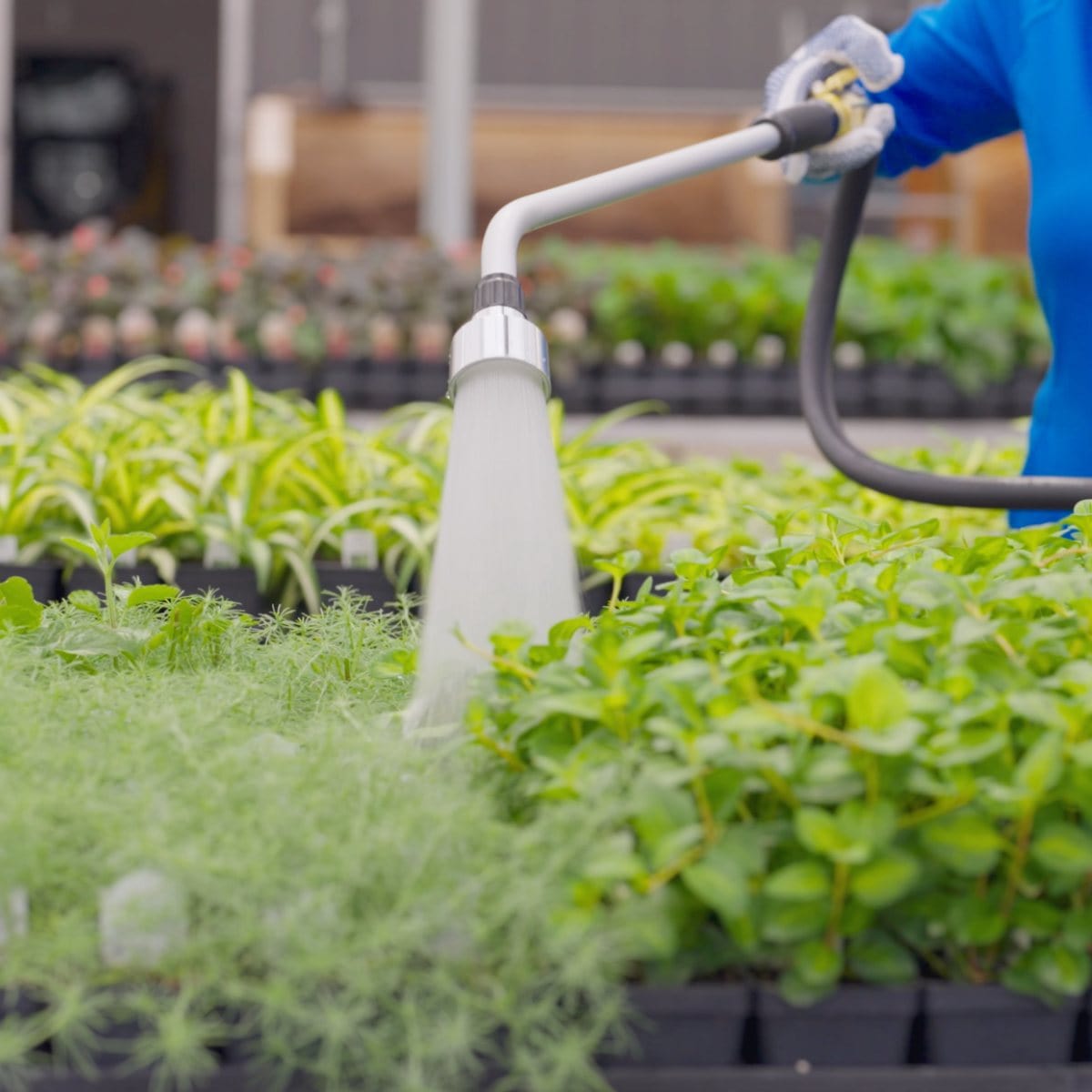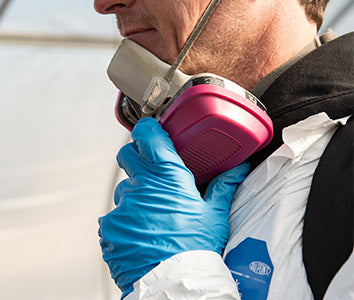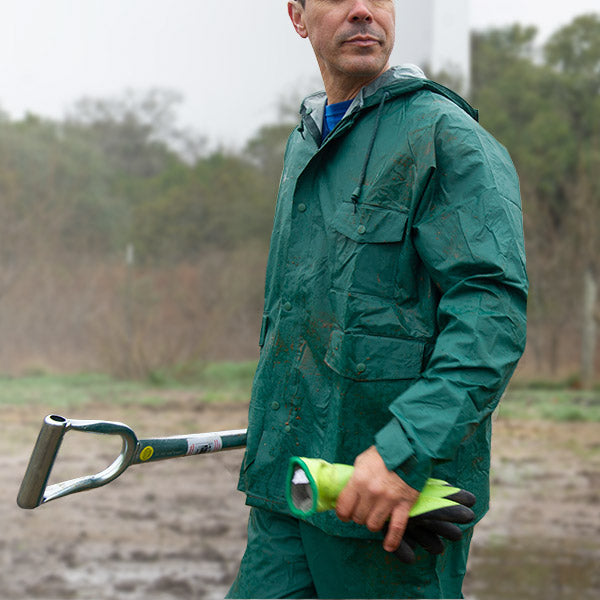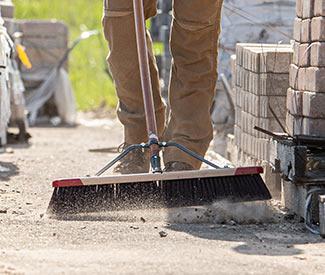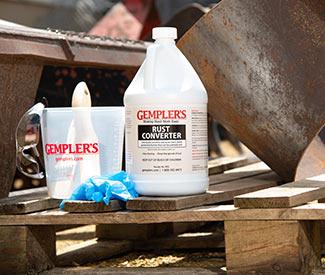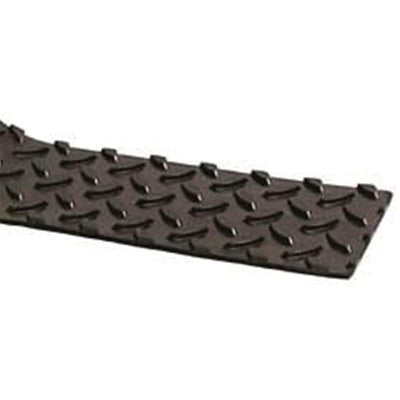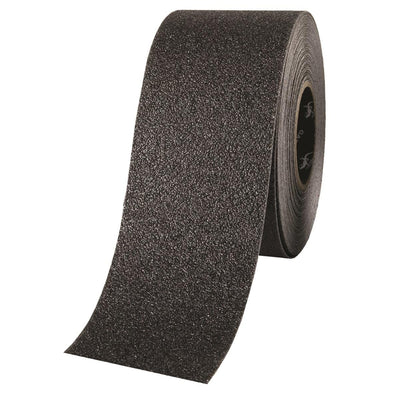How to Reduce Your Risk of Falls
Here are some key points.
- Make sure ladders are safe and that they are placed on solid, level ground.
- Always work in teams on roofs and be aware of unsafe conditions.
- Immediately notify your supervisor of hazards that may cause you to trip and fall.
Falls can be fatal
- Falling is a risk each time you climb a ladder, work from high places such as rooftops, or perform other tasks high off the ground. Falls often result in serious injuries or even death.
- It’s important to know how to properly use ladders, work from heights, and keep safe from hazards that may cause accidents.
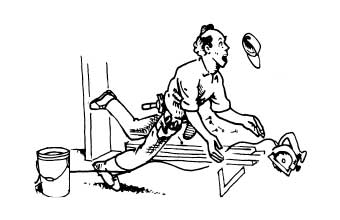
People are also injured when they trip and fall at ground level.
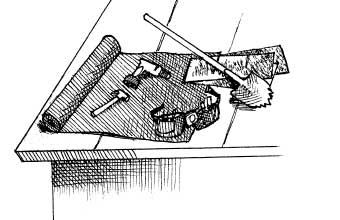
Don’t leave tools or other objects on a roof.
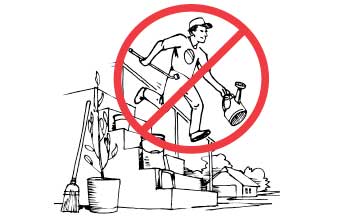
When using the stairs, grab onto the handrail and walk up or down slowly.
Ladder safety
- Always make sure ladders are safe to use before climbing them.
- Inspect ladders for defects such as loose, missing or damaged steps or rungs; oily or slippery steps or rungs; damaged hinge spreaders; broken or missing braces; missing safety feet; cracks, splinters, or dents. If you think a ladder is unsafe, don’t use it, and immediately notify your supervisor.
- Always set ladders on a firm, level, non-slip surface. Immediately climb down from a ladder and reset it if you feel it is not on solid ground or a safe surface.
- Never substitute boxes or chairs for ladders.
- When using a folding ladder, make sure all locking devices are in place.
- Never climb a ladder if your pants cuffs are below your shoes or if your shoelaces are untied.
- Wear shoes with rubber soles that provide a good grip on the ladder rungs. Never wear shoes with leather soles when climbing a ladder.
- Always climb up the center of the ladder so you can maintain your balance. Use two hands when climbing, and keep at least one hand and both feet on the ladder while you are working.
- Do not carry tools or materials in your hands while climbing a ladder. Use a tool belt, or ask a co-worker or supervisor if you need help.
Preventing falls from roofs
- Performing tasks on the roof of a barn, greenhouse or other building can be dangerous work. Never climb to a rooftop without your supervisor’s permission.
- Before you climb onto a roof, make sure you have safety equipment to protect you from falls. This includes guardrails or a full-body harness with a lanyard that’s securely attached to an anchorage point, and sturdy work shoes or boots with clean, dry non-skid soles.
- Inspect the condition of the roof by looking for holes and other defects that may cause it to give way. When on the roof, always watch where you step.
- Make sure you have a partner or safety monitor on the same level of the roof as you to look out for any hazards or unsafe actions.
- Do not work on a roof if it is windy, rainy, or if there’s lightning. Also, don’t get too close to overhead power lines.
- Don’t leave tools or other loose objects on the roof.
- Never work on a roof if you are overtired or are under the influence of alcohol or other drugs.
More tips to prevent falls
- Check for obstacles such as empty carts, boxes, hoses, gasoline cans, paint buckets, large tools, electrical cords, trash or other items someone may trip over. Pick them up and move them to a safe place or notify your supervisor.
- Be careful when walking on uneven floor surfaces or rough outdoor terrain.
- Watch out for wet surfaces such as chemical spills, ice or grease that may cause dangerous walking conditions. Also, be careful when walking on tile or newly waxed floors.
- When using the stairs, grab onto the handrail and walk up or down slowly.
- Never carry loads that block your view and prevent you from seeing obstacles in your path. If there are obstacles that can’t be moved, walk around them.
- Avoid wearing pants with cuffs below your shoes and other loose clothing that may cause you to trip, and always keep your shoelaces tied.
- Notify your supervisor of any cracks, holes or other defects in the areas where workers walk.
Fall Prevention Do’s and Don’ts
Do
- Make sure the ladder you are using is on firm, level ground before you start to climb it.
- Wear proper shoes or boots with non-skid soles when climbing a ladder and when working on a roof.
- Pay attention to where you walk in your work area to avoid tripping and falling.
- Climb onto a ladder that has broken rungs or other defects that would make it dangerous to use.
- Work on rooftops alone. Always have a partner with you who can look out for hazards and other unsafe conditions.
- Wear pants below your shoes, or wear other loose clothing that may cause you to trip and fall.
Anti-Slip Tape
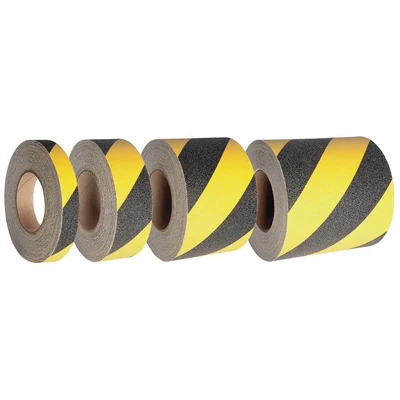
29% OFF
Anti-skid Caution Tape
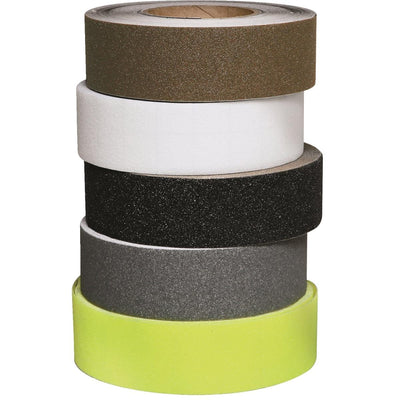
24% OFF
2"W x 60'L Roll of Safety Track Anti-skid Tape

37% OFF
Anti-skid Tape-Strips
When you’re ready to work safely, you’re ready to work. See our full line of safety supplies, including respirators, eye and ear protection, coveralls, first aid and more.
